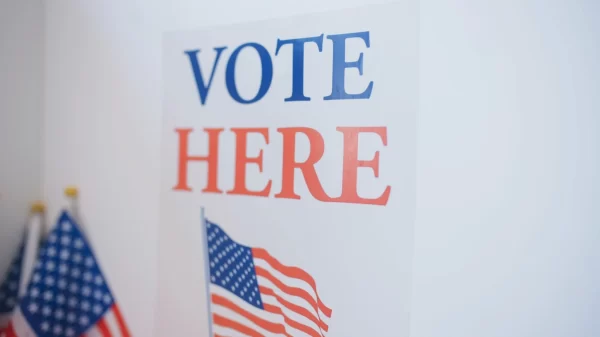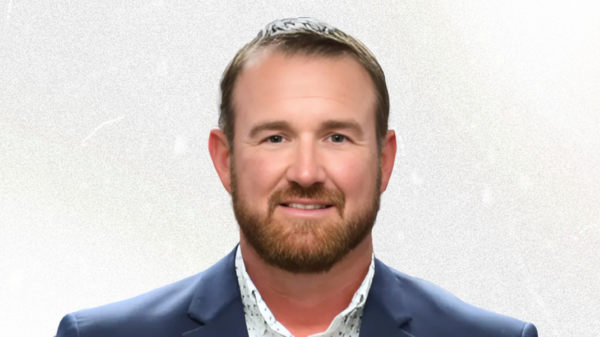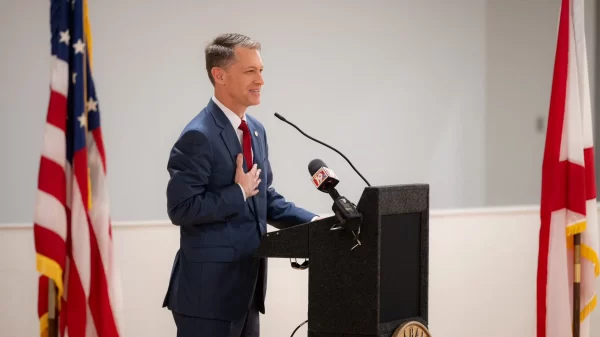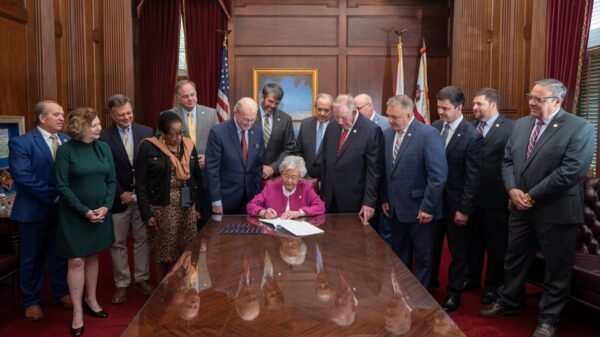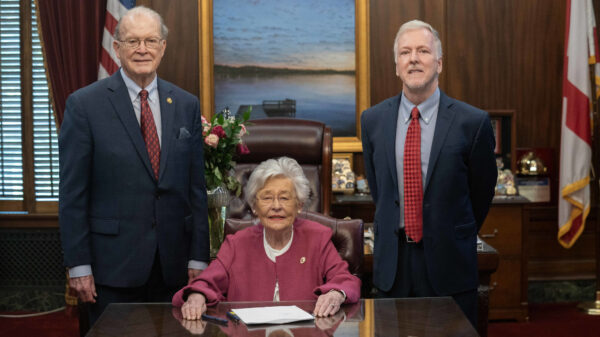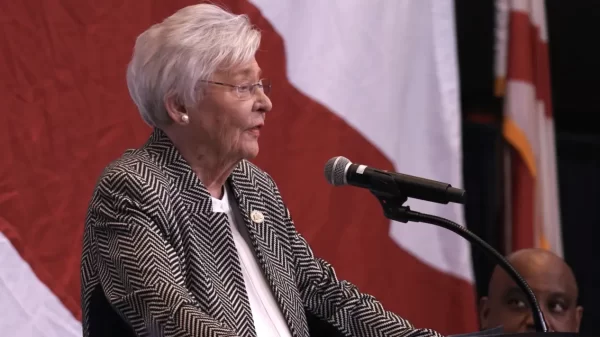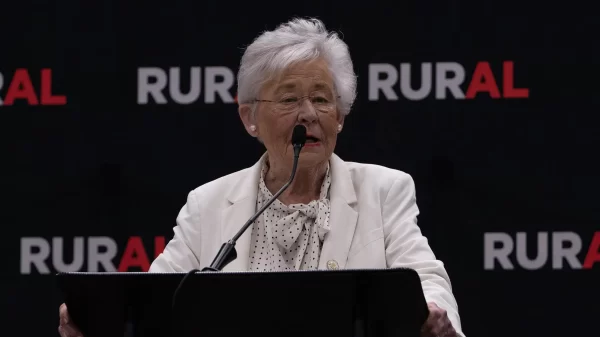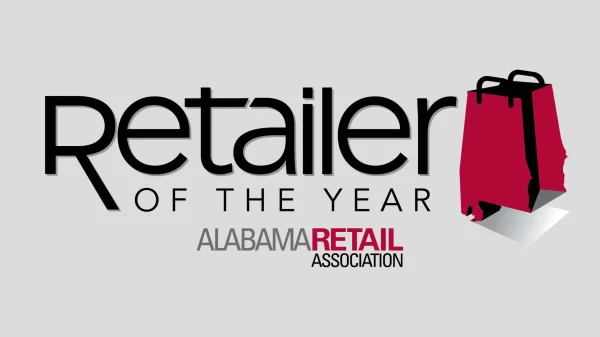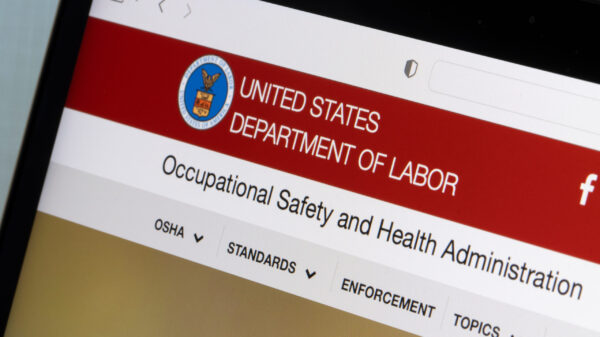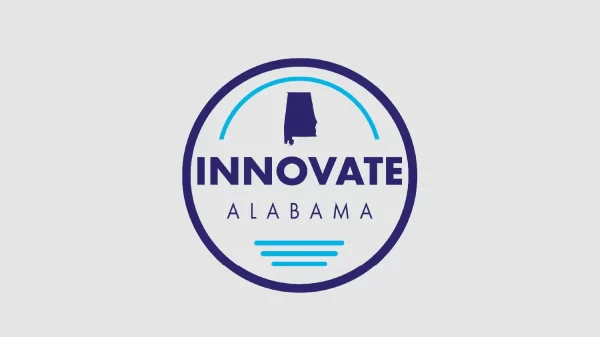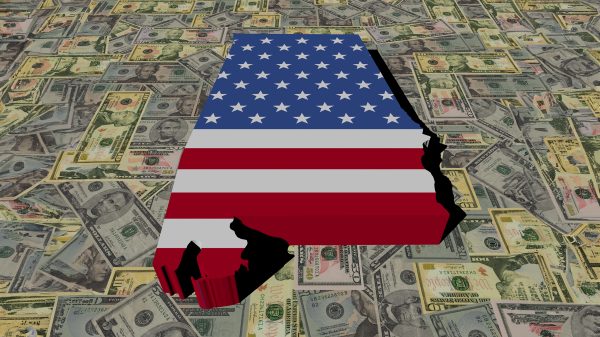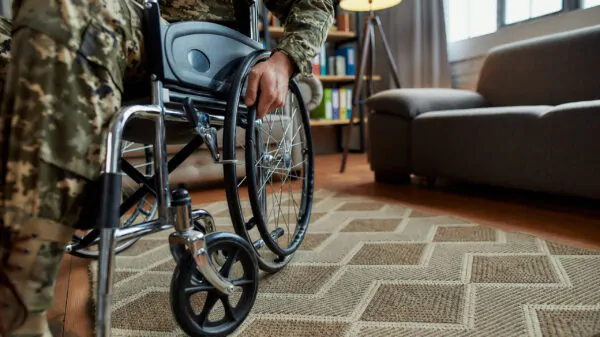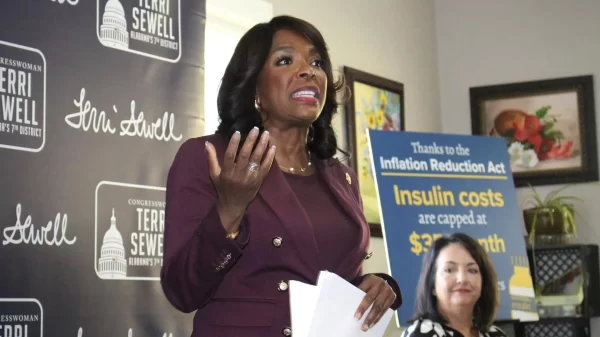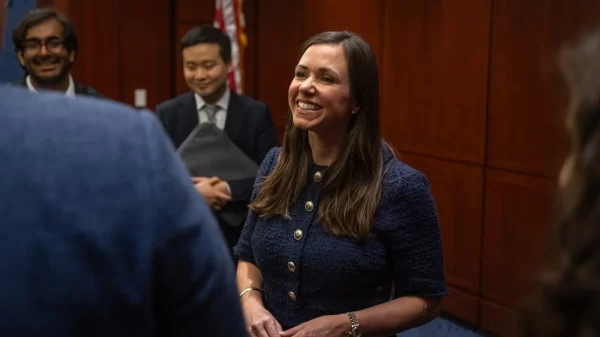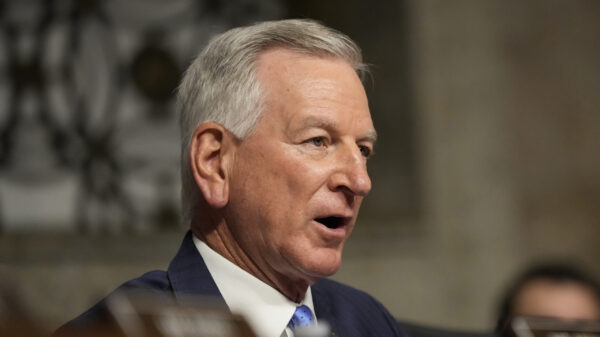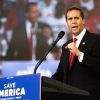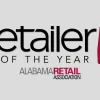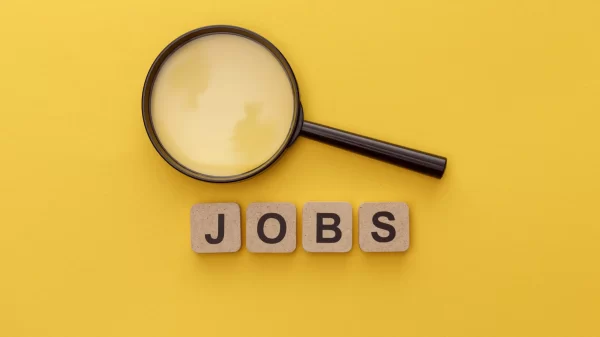|
Getting your Trinity Audio player ready...
|
NFIB State Director Rosemary Elebash says a 2.5-point drop in the national NFIB Small Business Optimism Index in August highlights how ongoing inflation is affecting local businesses and their communities. Click here to read the full report.
“Inflation and questions over whether Congress will save the 20 percent small business tax deduction are making it difficult for local businesses to plan ahead,” Elebash said. The federal deduction will expire in 2025 unless Congress makes it permanent.
“If this deduction is allowed to expire, small businesses won’t have as much to invest in their businesses, and it will be a lot harder for them to meet the needs of their customers and support their communities,” Elebash said.
The 2.5-point decline in the national Optimism Index erased all of July’s gain. This is the 32nd consecutive month below the 50-year average of 98. The Uncertainty Index rose to 92, its highest level since October 2020. Inflation remains the top issue among small business owners, with 24 percent of owners reporting it as their top small business operating issue, down one point from July.
“The mood on Main Street worsened in August, despite last month’s gains,” NFIB Chief Economist Bill Dunkelberg said. “Historically high inflation remains the top issue for owners as sales expectations plummet and cost pressures increase. Uncertainty among small business owners continues to rise as expectations for future business conditions worsen.”
Key findings include:
- The frequency of reports of positive profit trends was a net negative 37 percent (seasonally adjusted), seven points worse than in July and the lowest since March 2010.
- Twenty-four percent of owners reported inflation as their single most important problem in operating their business, down one point from July.
- The net percent of owners expecting higher real sales volumes fell nine points in August to a net negative 18 percent (seasonally adjusted). Real sales volume expectations were the largest contributor to the decline in the Optimism Index along with earning trends and expected business conditions.
- A seasonally adjusted net 20 percent plan to raise compensation in the next three months, up two points from July.
- The net percent of owners raising average selling prices fell two points from July to a net 20 percent seasonally adjusted.
As reported in NFIB’s monthly jobs report, a seasonally adjusted 40 percent of all small business owners reported job openings they could not fill in their current period, up two points from July. Of the 62 percent of owners hiring or trying to hire in August, 90 percent reported few or no qualified applicants for the positions they were trying to fill.
Fifty-six percent of owners reported capital outlays in the last six months, up two points from July. Of those making expenditures, 40 percent reported spending on new equipment, 21 percent acquired vehicles, and 18 percent improved or expanded facilities. Eleven percent spent money on new fixtures and furniture and 5 percent acquired new buildings or land for expansion. Twenty-four percent (seasonally adjusted) plan capital outlays in the next six months, up one point from July.
A net negative 16 percent of all owners (seasonally adjusted) reported higher nominal sales in the past three months. The net percent of owners expecting higher real sales volumes fell nine points to a net negative 18 percent (seasonally adjusted).
The net percent of owners reporting inventory gains was unchanged at a net negative 9 percent, seasonally adjusted. Not seasonally adjusted, 11 percent reported increases in stocks and 18 percent reported reductions.
A net negative 5 percent (seasonally adjusted) of owners viewed current inventory stocks as “too low” in August, down one point from July. A net negative 1 percent (seasonally adjusted) of owners plan inventory investment in the coming months, down three points from July.
The net percent of owners raising average selling prices fell two points from July to a net 20 percent seasonally adjusted. Twenty-four percent of owners reported that inflation was their single most important problem in operating their business. Unadjusted, 15 percent reported lower average selling prices and 34 percent reported higher average prices.
Price hikes were the most frequent in the finance (52 percent higher, 3 percent lower), retail (47 percent higher, 8 percent lower), construction (33 percent higher, 16 percent lower), and manufacturing (33 percent higher, 7 percent lower) sectors. Seasonally adjusted, a net 25 percent plan price hikes in August.
Seasonally adjusted, a net 33 percent reported raising compensation, unchanged from July and the lowest reading since April 2021. A seasonally adjusted net 20 percent plan to raise compensation in the next three months, up two points from July. Nine percent of owners cited labor costs as their top business problem, unchanged from July and only four points below the highest reading of 13 percent reached in December 2021. Twenty-one percent said that labor quality was their top business problem, remaining behind inflation as the number one issue.
The frequency of reports of positive profit trends was a net negative 37 percent (seasonally adjusted), seven points worse than in July and the lowest since March 2010. Among owners reporting lower profits, 31 percent blamed weaker sales, 17 percent blamed the rise in the cost of materials, 13 percent cited labor costs, and 10 percent cited lower selling prices. For owners reporting higher profits, 45 percent credited sales volumes, 35 percent cited usual seasonal change, and 10 percent cited higher selling prices.
Three percent of owners reported that all their borrowing needs were not satisfied. Twenty-six percent reported all credit needs met and 60 percent said they were not interested in a loan. A net 7 percent reported their last loan was harder to get than in previous attempts.
Four percent of owners reported that financing was their top business problem in August, up one point from July.
The NFIB Research Center has collected Small Business Economic Trends data with quarterly surveys since the fourth quarter of 1973 and monthly surveys since 1986. Survey respondents are randomly drawn from NFIB’s membership. The report is released on the second Tuesday of each month. This survey was conducted in August 2024.
For 80 years, NFIB has been advocating on behalf of America’s small and independent business owners, both in Washington, D.C., and in all 50 state capitals. NFIB is nonprofit, nonpartisan, and member-driven. Since our founding in 1943, NFIB has been exclusively dedicated to small and independent businesses, and remains so today. For more information, please visit nfib.com.

